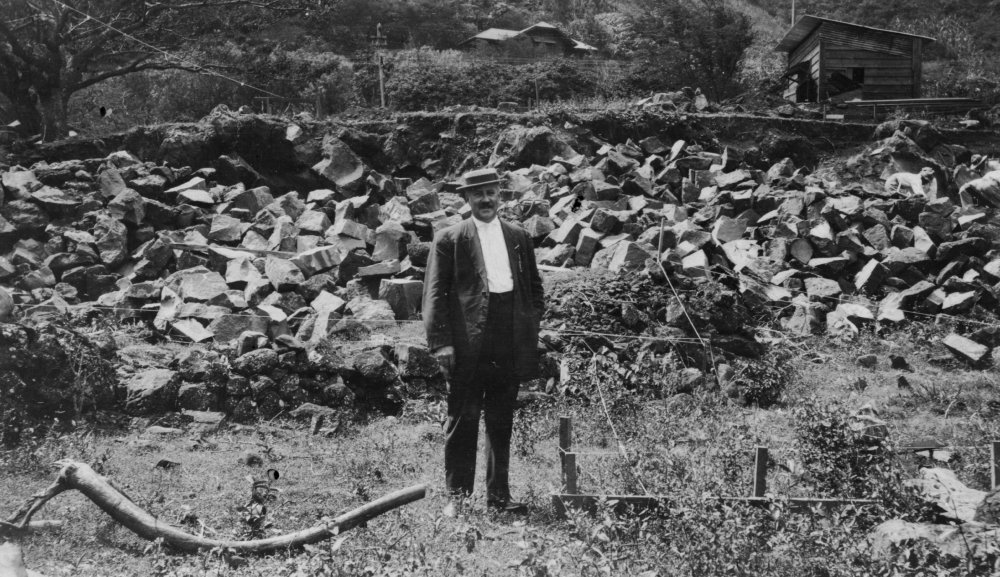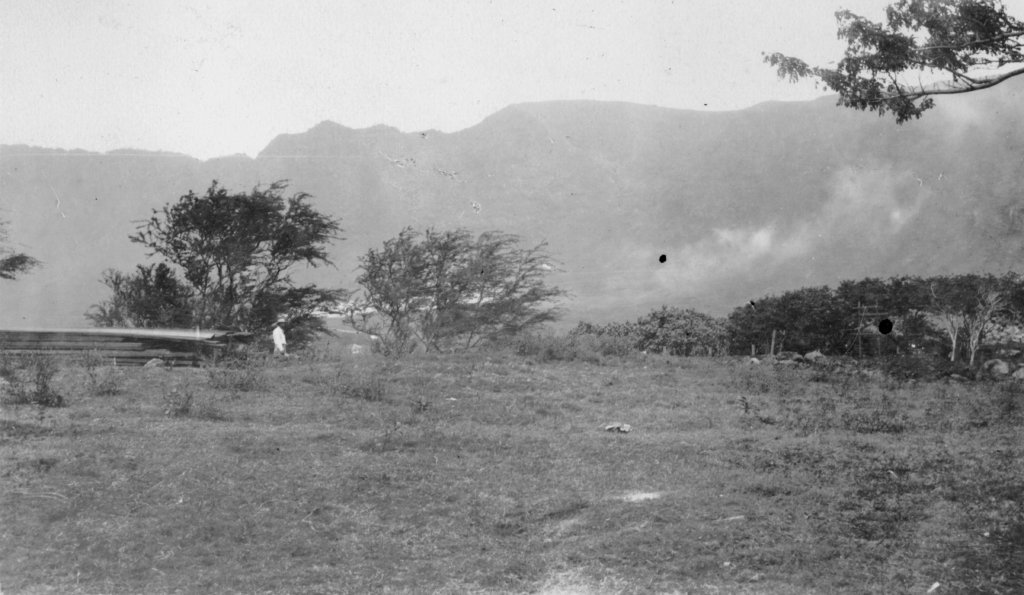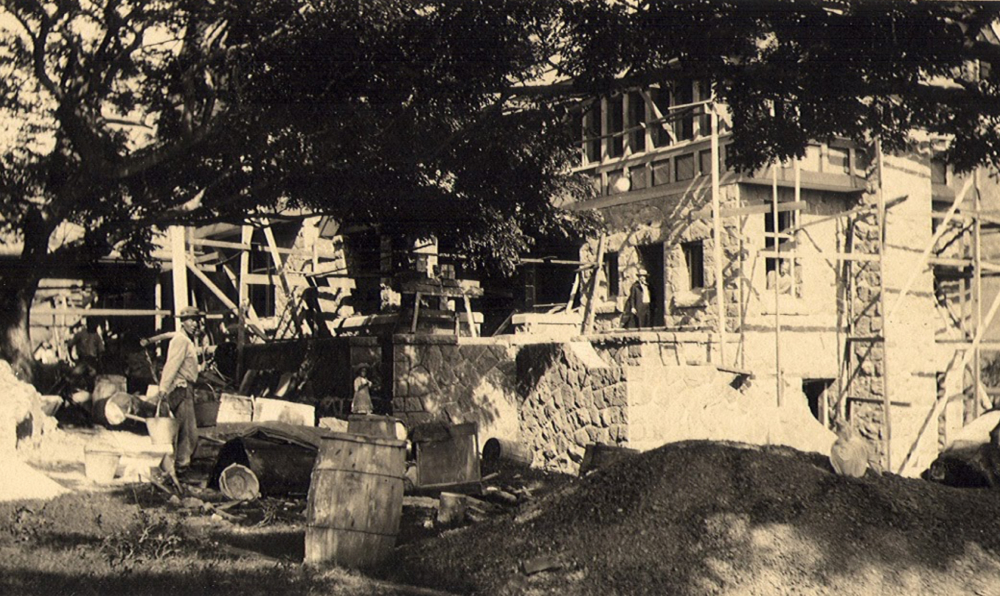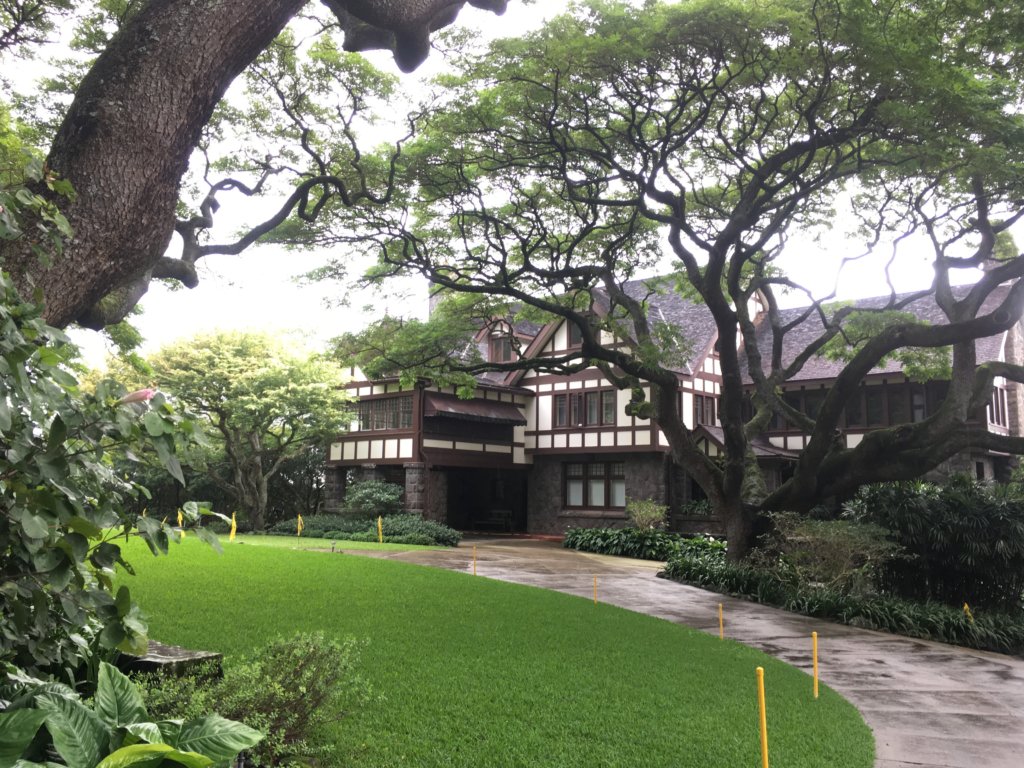Kūaliʻi (the house)

When Monte and Lila Cooke decided to build a house on this site, they hired prominent Honolulu architects, Emory and Webb. Webb took part in designing the Hawaiʻi Theatre. As a team, they designed many Honolulu residences and prominent buildings such as the YMCA, the First Methodist Church, and Waiʻoli Tea Room, still a significant landmark in Mānoa Valley.

The original architectural plans called for building the house on the heiau site. This seemed logical to the architects as the heiau site afforded stunning views of the valley and at the time, the coastline of Waikīkī. Monte Cooke insisted that their plans be changed and that Kūkaʻōʻō be left undisturbed. The house was built on its present site and for more than eighty years the heiau was undisturbed. Undisturbed, however, did not mean totally protected and as time passed, trees and plants grew over the heiau.


Monte and Lila Cooke made Kūaliʻi their home as well as a place of intellectual and social events. By the end of World War II, even though he had sold much of the original estate, the grounds at Kūaliʻi were still large and impressive.
Kūaliʻi is characterized by its steep gable roof, prominent porte-cochere, and a facade featuring half-timbered and stucco walls above ground-floor walls of bluestone quarried on the site. Both the left and right bays of the main house terminate with high-pitched auxiliary gables with finials. The main body of the house is three bays wide, with a kitchen wing extending off the right or makai side. The center bay is dominated by a porte-cochere which has bluestone piers supporting a second-floor sitting room that is capped by a gabled roof. A massive wood door with wrought iron fixtures leads from the porte-cochere into the house. The interior detailing includes paneled wainscots, coffered and open-beam ceilings, and a large balustraded stairwell in the entrance hall. Upstairs are four bedrooms and baths and an open lanai off the master bedroom. The name “Kūaliʻi” is carved into the living room mantel.

The kitchen wing has three tall, double-hung sash windows, and a gabled entry. A bell next to the doorway was used to call the dairy workers in from the fields for lunch. A bluestone chimney which was used in conjunction with the kitchen’s original wood-burning stove is at the end of this wing. Another bluestone chimney is at the other end of the house and services the living room fireplace. The second floor of the kitchen wing originally contained a sleeping porch. A gabled entry at the end of the kitchen wing provides access to a basement kitchen and maid’s quarters.